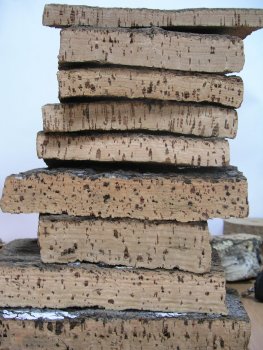Traditional use of wild and naturalized plants as a potential for innovation in the development of rural areas of Croatia
Submitted by Dino Buršić on 7 April 2020The main objective of this factsheet is to determine the possibilities and directions of innovative commercialization of wild and naturalized plants based on market trends and ethnobotanical research. One of the secondary goals is to preserve local botanical and other knowledge related to the recognition and application of wild and naturalized plants in the areas of Drenov Bok and Vela Luka by conducting field research.





